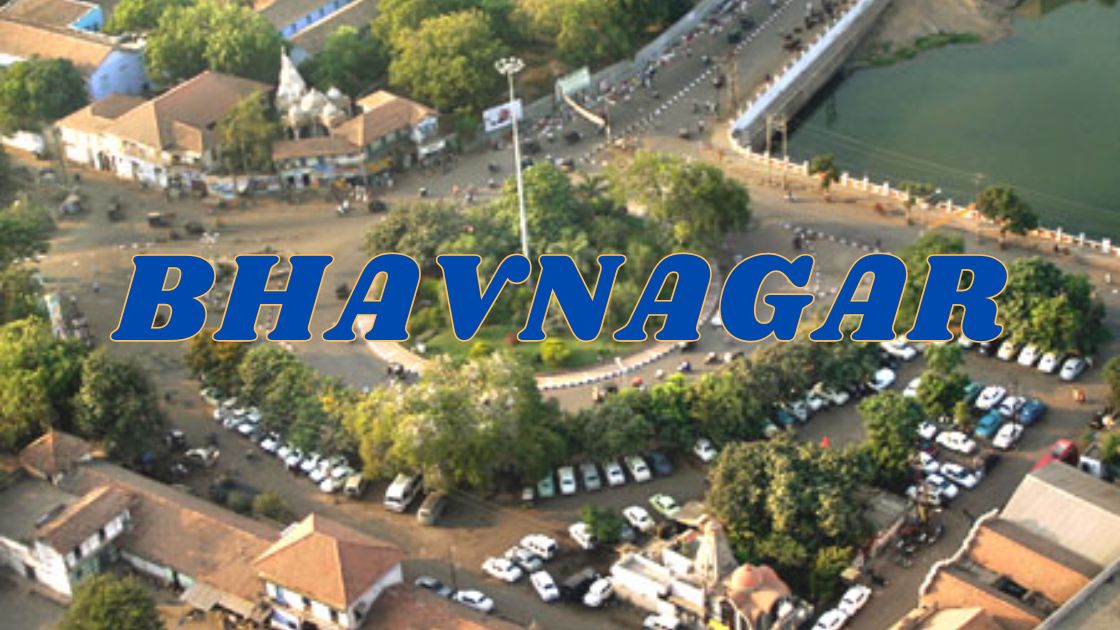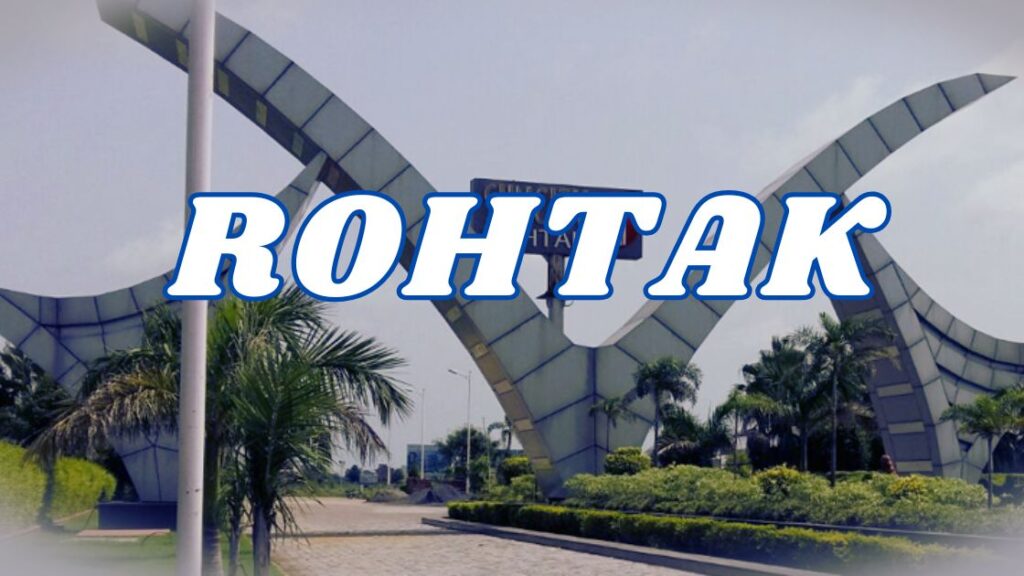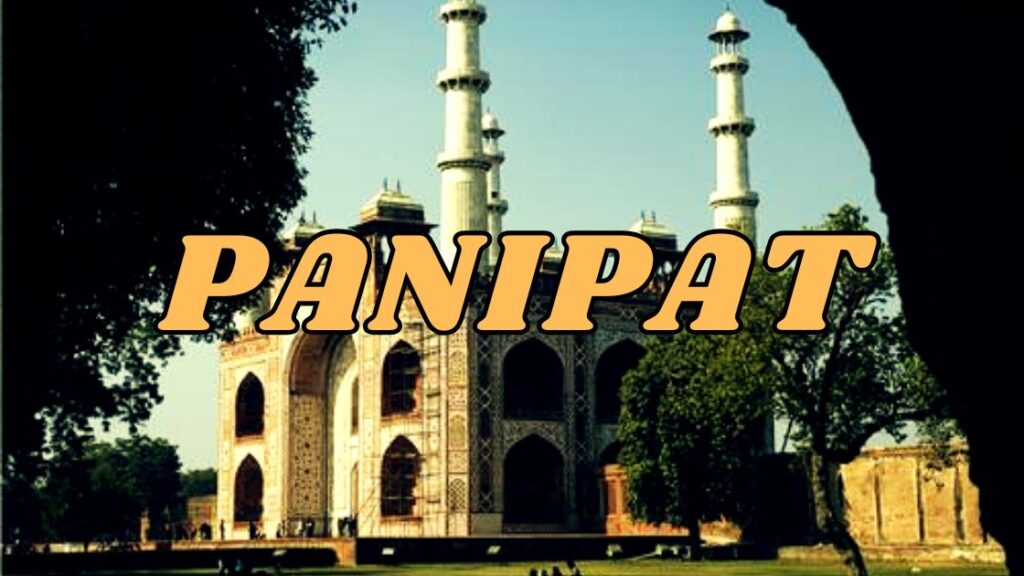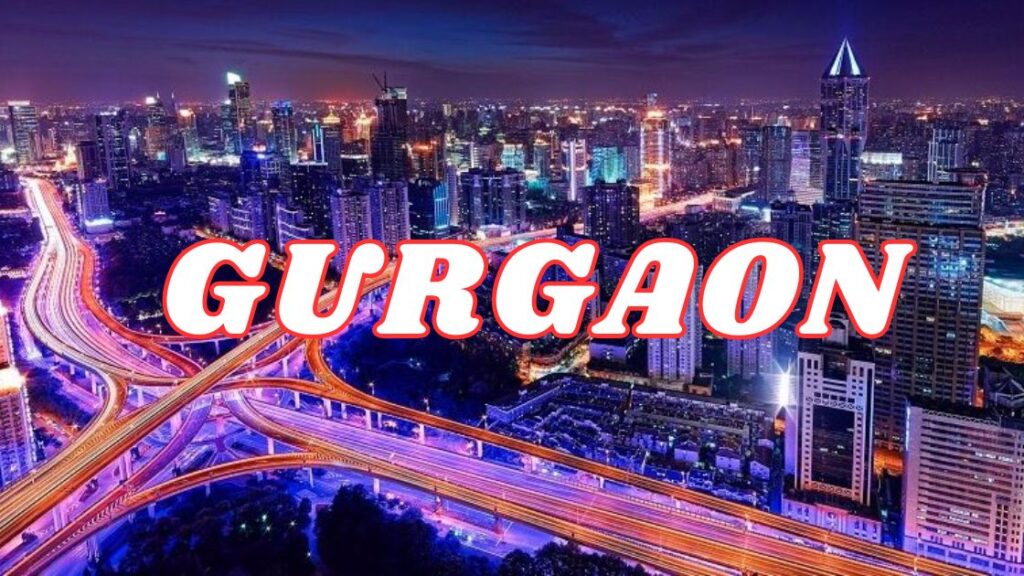Bhavnagar, a vibrant city in the western Indian state of Gujarat, holds immense historical, cultural, and economic significance. Serving as the headquarters of Bhavnagar district, this city has been a key player in Gujarat’s growth and development. Established in 1723 by Bhavsinhji Gohil, Bhavnagar was the capital of the former princely state of Bhavnagar State before being integrated into the Indian Union in February 1948.
Strategically located 190 kilometers from Gandhinagar, the state’s capital, Bhavnagar lies on the western coast of the Gulf of Khambhat, offering seamless connectivity to major trade hubs. Historically, the city has flourished as a significant commercial center, establishing itself as an industrial powerhouse while preserving its deep-rooted traditions and heritage.
Bhavnagar has long been recognized for its booming industrial sector, hosting a diverse range of large and small-scale industries that contribute significantly to Gujarat’s economy. One of the most prominent industrial highlights near Bhavnagar is the world-renowned Alang Ship Breaking Yard, located about 50 kilometers away. Alang stands as the largest ship recycling facility in the world, attracting global attention due to its large-scale dismantling of decommissioned ships, which provides employment opportunities to thousands of workers and generates substantial revenue.
Apart from ship recycling, Bhavnagar is home to various manufacturing units, salt industries, textile mills, and diamond polishing businesses, making it a crucial contributor to India’s trade and export sector. Its proximity to the Gulf of Khambhat facilitates robust maritime trade, further boosting its economic stature.
While Bhavnagar stands as an industrial powerhouse, it also boasts a rich cultural heritage that reflects Gujarat’s traditions and hospitality. The city is renowned for its local Gujarati cuisine, with signature delicacies such as Ganthiya and Jalebi enjoying immense popularity. Bhavnagar’s version of Ganthiya, a crispy deep-fried snack, is a household favorite across Gujarat, while the syrupy sweetness of Jalebi makes it an irresistible delight for visitors and locals alike.
Apart from its culinary excellence, Bhavnagar takes pride in its architectural marvels, historical monuments, and thriving arts scene. Tourists can explore Takhteshwar Temple, offering panoramic views of the city, along with Victoria Park, a lush green sanctuary perfect for nature lovers. The city’s unique blend of modernity and tradition makes it an appealing destination for history enthusiasts and cultural explorers.
Over the years, Bhavnagar has evolved into an integral part of Gujarat’s urban landscape, witnessing rapid infrastructural advancements. The city is well-connected by rail, road, and air networks, ensuring smooth transportation and enhancing its commercial potential. The Bhavnagar Airport, facilitating domestic flights, further strengthens the city’s accessibility.
With government initiatives encouraging industrial expansion, tourism promotion, and sustainable urban development, Bhavnagar continues to gain prominence on India’s economic map. Its strategic location, historical legacy, and economic contributions make it a thriving hub for business, culture, and heritage in Gujarat.
Bhavnagar remains a city of opportunities, blending its glorious past with a promising future, making it a remarkable destination to explore and invest in.
The Rich and Historic Legacy of Bhavnagar
Bhavnagar, a city deeply rooted in Rajput heritage, holds a glorious history that spans centuries. It was originally the capital of the princely state of Bhavnagar, governed by the Gohil Rajputs of the Suryavanshi clan. This royal lineage, known for their bravery and resilience, played a pivotal role in shaping the destiny of this prosperous region.
The Origins of Bhavnagar: A Royal Journey
The history of Bhavnagar can be traced back to the 13th century, when the Gohil Rajputs, facing relentless competition in Marwar, migrated southward to the coastal region of Gujarat. Over time, they established several strongholds, including Sejakpur in 1194, followed by Umrala and Sihor. These settlements soon became the centers of Rajput authority in the region.
However, the strategic significance of Sihor also made it a frequent target for invaders. Between 1722 and 1723, forces led by Khanthaji Kadani and Pilaji Gaekwad of the Maratha Empire attempted to seize control of Sihor. However, the city was fiercely defended by Maharajah Bhavsinhji Gohil, who successfully repelled the invasion.
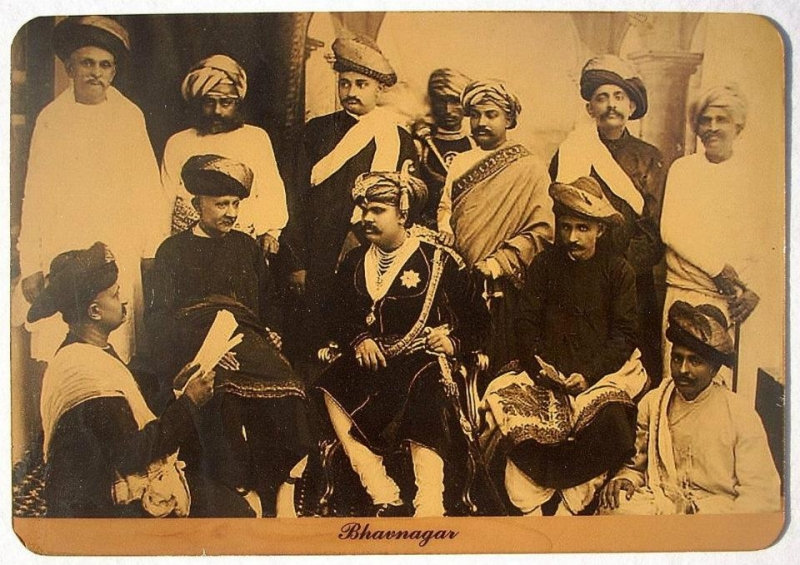
Following these events, Bhavsinhji realized that Sihor’s location made it vulnerable to attacks. To ensure the safety of his kingdom and improve access to maritime trade, he decided to relocate the capital. In 1723, he carefully selected a site near Vadva village, approximately 20 kilometers from Sihor, and founded Bhavnagar, naming it after himself. The strategic coastal position of the new capital allowed it to flourish as a major trading hub, and it soon became the economic and political heart of the Bhavnagar State.
The Rise of Bhavnagar as a Maritime Trade Center
Bhavnagar emerged as a key maritime trade hub, fostering commercial relations with distant lands. Over the next two centuries, the city established strong trade networks with regions such as Mozambique, Zanzibar, Singapore, and the Persian Gulf.
One of the defining moments in Bhavnagar’s history came in 1807, when the state formally became a British protectorate. This alliance helped the city secure its trading interests and maintain its economic prosperity while protecting its autonomy under British rule.
The city was originally built as a fortified settlement, with heavily guarded gates leading to other important towns in the region. To ensure that Bhavnagar’s maritime trade remained uninterrupted, Maharajah Bhavsinhji brokered key agreements with external powers. He struck a deal with the Siddis of Janjira, allowing them to collect 1.25% of port revenue, thereby preventing them from blocking Bhavnagar’s access to vital shipping routes. Later, in 1856, a similar trade agreement was negotiated with the British authorities, reinforcing Bhavnagar’s role as a prominent trade center in Gujarat.
Territorial Expansion and Economic Growth
Under the leadership of Bhavsinhji’s grandson, Vakhatsinhji Gohil, Bhavnagar witnessed significant territorial expansion. He conquered lands belonging to Kolis and Kathis, acquired Rajula from Nawab Ahmad Khan, and merged Ghogha Taluka into Bhavnagar State, further solidifying its dominance.
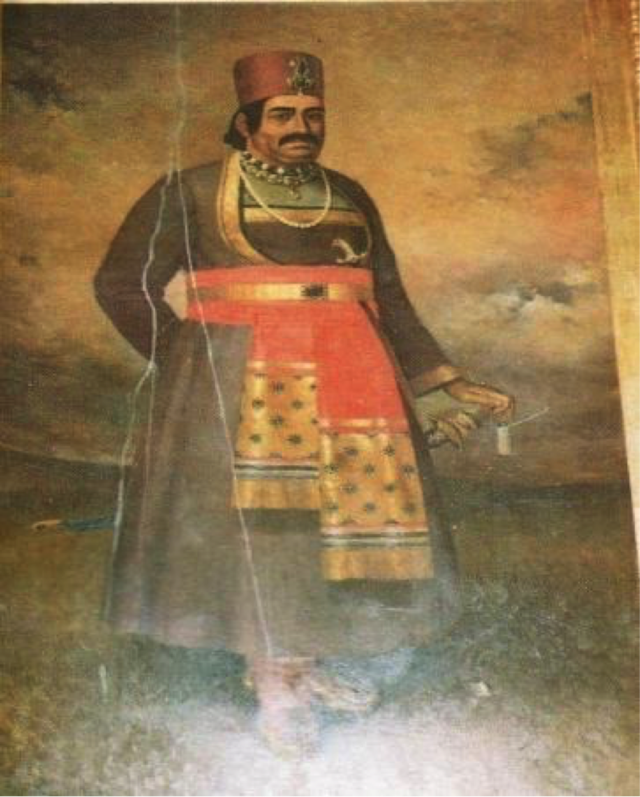
By 1793, Vakhatsinhji’s military campaigns had led to the conquest of Chital and Talaja, followed by Mahuva, Kundla, Trapaj, Umrala, and Botad. Bhavnagar retained its status as the primary port, while Mahuva and Ghogha also became prominent trading centers. This flourishing maritime trade made Bhavnagar one of the wealthiest princely states in India, as commerce played a significant role in shaping its prosperity.
The city’s economic development reached new heights during the 19th century, when the Bhavnagar State Railway was constructed, making it the first princely state in India to build its own railway system without financial assistance from the British central government. This remarkable achievement was even recognized in The Imperial Gazetteer of India, highlighting Bhavnagar’s ability to sustain its economic independence and financial stability.
Reforms and Modernization in the Late 19th Century
Between 1870 and 1878, Bhavnagar underwent a period of significant reform and modernization. Since Prince Takhtsinhji was still a minor at the time, the state was placed under joint administration, allowing officials to implement progressive economic, judicial, and infrastructural policies.
Two key figures spearheaded these reforms: E.H. Percival, a British political agent, and Gaurishankar Udayshankar Oza, the Chief Minister of Bhavnagar State. During this period, Bhavnagar saw advancements in post and telegraph services, revenue collection, judicial efficiency, and port development. As a result, the state’s finances remained debt-free, with surplus revenue flowing into its treasury.
Recognition and Prestige in the 20th Century
By the early 20th century, Bhavnagar continued to hold its reputation as a progressive and powerful princely state. In 1911, Her Highness Maharani Nundkanvarba of Bhavnagar received the prestigious Order of the Crown of India, one of the highest honors bestowed upon women within the British Empire.
Throughout its history, Bhavnagar was also referred to as “Gohilwad”, meaning “Land of the Gohils”, in honor of its ruling dynasty. The city’s rulers maintained their legacy of wisdom and leadership, ensuring that Bhavnagar thrived economically, militarily, and culturally.
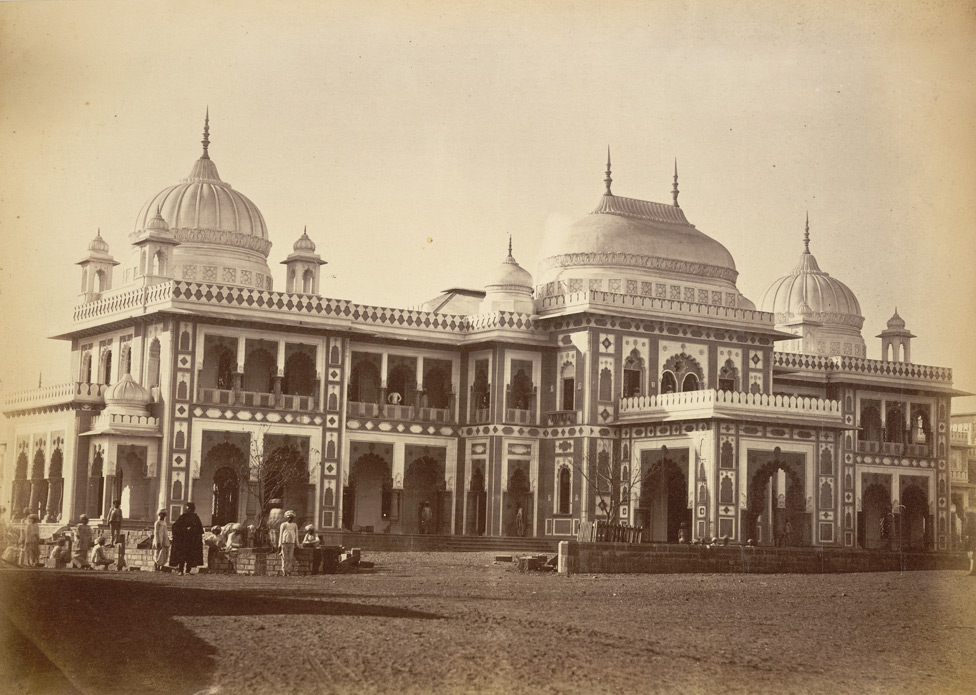
Legacy of Bhavnagar: A Symbol of Strength and Prosperity
Bhavnagar’s historical journey—from its humble origins in the 13th century to becoming one of Gujarat’s most prosperous princely states—reflects its enduring spirit and resilience. The city was built on the foundations of royal wisdom, military strategy, and economic foresight, allowing it to maintain its influence for centuries.
Even after its merger with the Indian Union in 1948, Bhavnagar has retained its significance as a key industrial, cultural, and economic center in Gujarat. Its rich heritage, historical grandeur, and unwavering commercial significance continue to define its identity, making Bhavnagar a timeless symbol of strength, progress, and royal legacy.
Bhavnagar’s Merger with the Indian Union in 1947
Before India’s independence in 1947, Bhavnagar remained an independent princely state, ruled by the Gohil Rajput dynasty. However, the dawn of independence brought sweeping changes as Sardar Vallabhbhai Patel, the Deputy Prime Minister of India, embarked on the monumental mission of integrating 562 princely states into the newly formed Union of India.
A Historic Decision by Maharaja Krishnakumar Singhji
The last ruling Maharajah of Bhavnagar, Krishnakumar Sinhji, played a pivotal role during India’s transition to independence. Understanding the need for a unified and strong nation, he became one of the first royal leaders to voluntarily merge his kingdom with independent India.
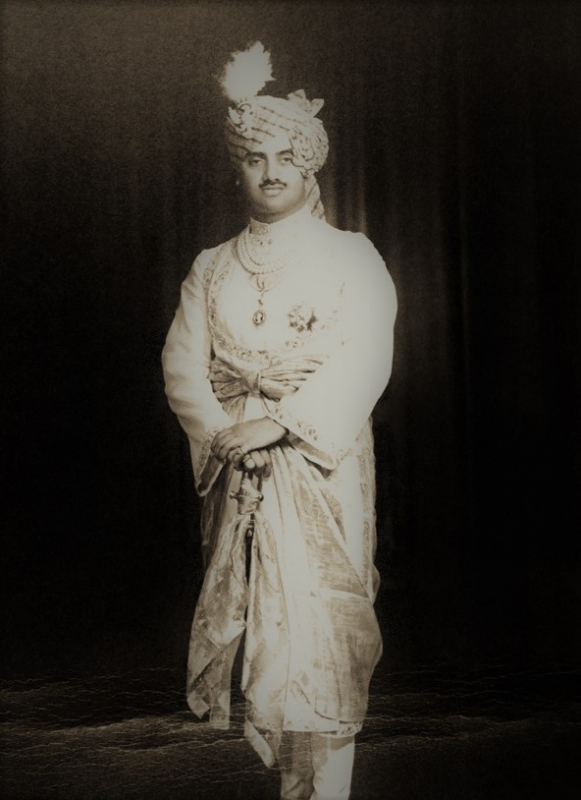
In 1948, Maharaja Krishnakumar Sinhji formally handed over the administration of Bhavnagar to the Indian government, marking the city’s integration into the larger Bombay State. His proactive decision was widely praised, as it set an example for other princely rulers, reinforcing India’s newfound unity.
Legacy of the Royal Family in Modern Bhavnagar
Even after Bhavnagar’s merger with India, the erstwhile royal family has continued to play an influential role in various fields. Today, they actively contribute to industries such as hospitality, real estate, agriculture, and ship-breaking, helping to shape Bhavnagar’s economic landscape. The legacy of the royal family remains deeply respected by the people of the region, as their historical contributions continue to inspire generations.
Bhavnagar’s successful transition from a royal kingdom to a modern city exemplifies progress, resilience, and vision, making it an integral part of Gujarat’s rich history and cultural heritage.
Geography and Climate of Bhavnagar
Topography of Bhavnagar
Bhavnagar, a coastal city in Gujarat, is situated on the eastern coast of Saurashtra (Kathiawar Peninsula) at 21.77°N latitude and 72.15°E longitude. The city stands at an average elevation of 24 meters (78 feet) and covers an area of 53.3 square kilometers (20.6 square miles), making it the fifth most populated city in Gujarat.
Geographically, Bhavnagar exhibits a gradual slope towards the northeast, reaching the apex of the Gulf of Khambhat. The city is traversed by the Kansara Nala, a seasonal river that runs along its outskirts. This strategic location has historically contributed to Bhavnagar’s growth as an economic hub with maritime trade playing a crucial role in its development.
Climate of Bhavnagar
Like much of Gujarat, Bhavnagar experiences a hot semi-arid climate (Köppen classification: Bash). The city witnesses three distinct seasons throughout the year:
- Summer (March to mid-June):
- Summers are hot and dry, with temperatures soaring up to 47.3°C (117.1°F) in May, making it the hottest month.
- Average daily maximum temperature remains around 39.8°C (103.6°F) during peak summer months.
- Monsoon (Mid-June to October):
- Bhavnagar experiences moderate monsoon rains, with an average annual rainfall of 655 mm (26 inches).
- Rainfall is highly unpredictable, ranging from as much as 1,428.9 mm (56.26 inches) in 1970 to as little as 157.2 mm (6.19 inches) in 1974.
- July and August receive the highest rainfall, with humidity levels peaking at 70-72% during these months.
- Winter (November to February):
- Winters are mild and pleasant, with an average temperature of around 23°C (73.4°F).
- January is typically the coldest month, with record-low temperatures dropping to 0.6°C (33.1°F).
The low annual humidity and high evapotranspiration contribute to Bhavnagar’s semi-arid climate classification. Despite its coastal proximity, the city’s inland topography prevents excessive humidity levels, providing a relatively comfortable climate for most of the year.
Geology of Bhavnagar
Seismic Activity and Tectonic Stability
Bhavnagar is located in the Saurashtra region of Gujarat, a geologically active zone in Western India. This area falls under Seismic Zone 3, as classified by the Bureau of Indian Standards’ Seismic Zoning Map, indicating moderate earthquake risk.
The region around Bhavnagar has been historically unstable, experiencing frequent tectonic movements. The seismic activity in this area is influenced by the geological faults prevalent in the Saurashtra Peninsula, which can occasionally trigger earthquakes of moderate intensity.
Recorded Earthquakes in Bhavnagar
- 2000 Earthquake Swarm:
Between 9 August and 15 December 2000, a series of 132 minor earthquakes were recorded in eastern Saurashtra, with epicenters in Bhavnagar and surrounding areas.- The earthquakes ranged in magnitude from 0.5 to 3.8.
- Five earthquakes exceeded magnitude 3, with the strongest registering 3.8 on the Richter scale.
- These tremors were centered around southern Bhavnagar city and Tarsamiya village on the outskirts.
- Fortunately, no loss of life or significant damage was reported.
- Historical Earthquakes in the Region:
- 1705 Earthquake: A magnitude 7 earthquake struck near Bhavnagar in February 1705, one of the most powerful seismic events recorded in the area.
- 1938 Paliyad Earthquake Swarm: In July–August 1938, earthquake swarm activity was detected near Paliyad, 60 km north of Bhavnagar.
- This lasted for about two months.
- Four earthquakes had a magnitude greater than or equal to 5, with the strongest reaching 6.0.
Geological Concerns and Preparedness
Due to its seismic history, Bhavnagar remains vulnerable to periodic tectonic disturbances. However, advancements in earthquake monitoring and seismic-resistant infrastructure planning have helped mitigate risks associated with potential earthquakes.
With its geographical location near the Gulf of Khambhat, Bhavnagar’s geology remains a critical aspect of urban development, influencing everything from construction norms to disaster preparedness strategies.
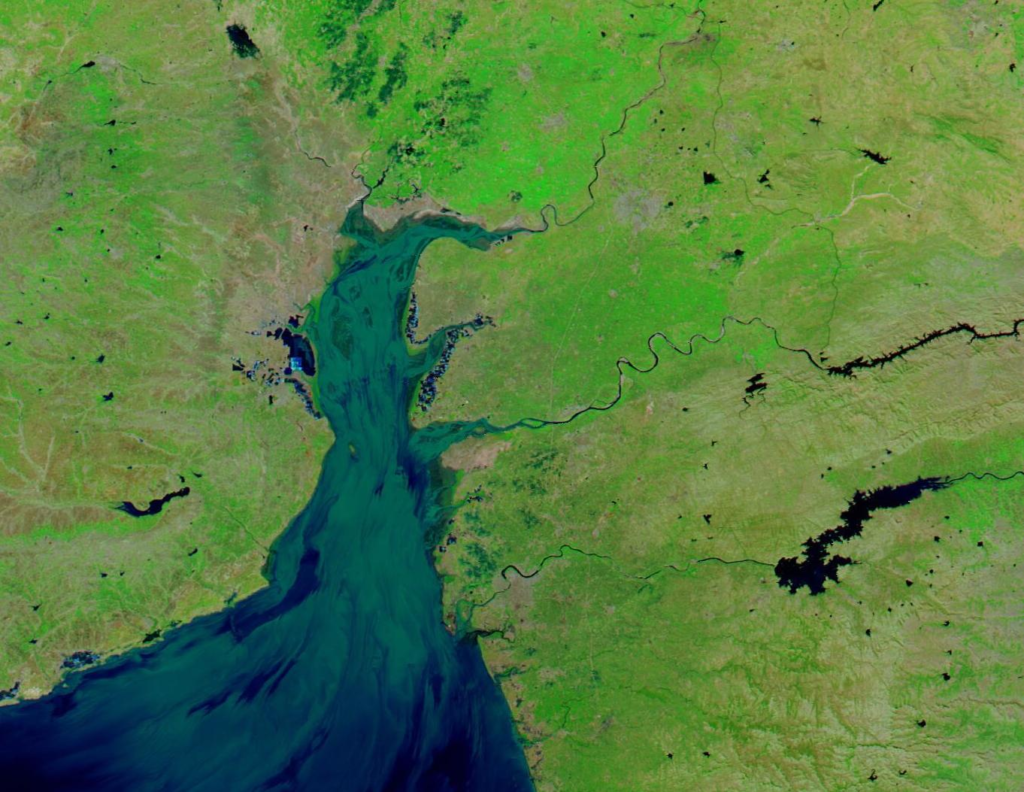
City Planning and Architecture of Bhavnagar
Bhavnagar’s city planning has been shaped by the progressive vision of its rulers, with multiple urban planning schemes designed to ensure structured growth. Under the reign of Sir Takhtsinhji, British State Engineer Proctor Sims played a crucial role in supervising key projects like Barton Library and Sir Takhtsinhji Hospital. The town planning gained further momentum with Shri Virendrabhai C.
Mehta, who developed Krishnanagar between 1935 and 1937, later expanded the plan to Sardarnagar in 1961, and in 1975 created a master plan for the city’s future development. A unique feature of Bhavnagar’s planning is the presence of gardens at major road junctions, which not only enhance its aesthetic appeal but also contribute to a greener environment. Prominent gardens are located at Ghogha Circle, Mahila College Circle, Rupani Circle, Meghani Circle, Shivaji Circle, Sardarnagar Circle, Jewels Circle, and Crescent Circle. Bhavnagar also holds the distinction of being one of the first cities in Gujarat to introduce underground drainage systems and establish a water filtration plant, showcasing its commitment to infrastructure development.
Bhavnagar boasts an impressive blend of historical and modern architecture, combining traditional Indian, colonial, and contemporary influences. The Takhteshwar Temple (1893) is a prominent landmark situated on a hilltop, offering a commanding view of the city. The temple’s high shikhara above a rectangular mandapa makes it an architectural masterpiece. Another striking structure is Gangajalia (1893), a white marble temple dedicated to Ganga-Devi, designed by Sir John Griffith, Principal of Sir J. J. School of Arts, Bombay. This temple, built in the center of a former water tank, features a chhatri, pavilion, and bridge, giving it a distinctive design.
The Nilambag Palace (1894), once a royal residence, is now a luxury heritage hotel. Designed by British architect William Emerson, who also created the Sir Takhtsinhji Hospital and Victoria Memorial in Kolkata, this palace beautifully integrates Indian architecture with British influence. Another major attraction is the Barton Library (1895), a two-story Gothic-style building known for its arch windows, sloping Mangalore-tiled roof, and significant collection of books and historical artifacts. Considered one of Gujarat’s oldest libraries, it also houses a museum. The Town Hall (1932), originally the Darbar Hall, holds historical importance as the site where Sir Krishnakumarsinhji’s coronation took place. This British colonial-era structure, surrounded by well-maintained gardens, is a testament to Bhavnagar’s rich architectural heritage.

The city has also embraced modern architecture, with leading firms like SAGA introducing functional, aesthetic, and technologically advanced designs. Areas such as Takhteshvar Plots, Krishnanagar, and Sardarnagar represent the evolution of urban housing, developed over several decades to accommodate the city’s expansion. Bhavnagar’s unique approach to integrating heritage with modern infrastructure makes it a remarkable example of sustainable city planning in Gujarat.
Education in Bhavnagar
Bhavnagar, a prominent city in Gujarat, India, boasts a rich educational heritage with a diverse array of institutions catering to various academic disciplines. The city’s commitment to education is evident through its historical landmarks and contemporary establishments.
Historical Educational Institutions
- Samaldas Arts College: Established in 1888, this institution holds historical significance as Mahatma Gandhi studied here. It stands as one of the oldest colleges in Bhavnagar, offering a range of undergraduate and postgraduate programs.
- Maharaja Krishnakumarsinhji Bhavnagar University: Serving as the central hub for higher education in the region, this university offers a variety of undergraduate, postgraduate, and doctoral programs across multiple disciplines. bhavnagar.nic.in
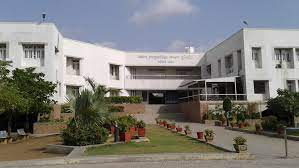
Engineering and Medical Colleges
- Government Engineering College, Bhavnagar: This state-governed institution provides multidisciplinary undergraduate programs in engineering, recognized by the All India Council for Technical Education (AICTE). gecbhavnagar.ac.in
- Government Medical College, Bhavnagar: Established in 2000, this college offers undergraduate and postgraduate medical courses, contributing significantly to the healthcare education sector in the region.
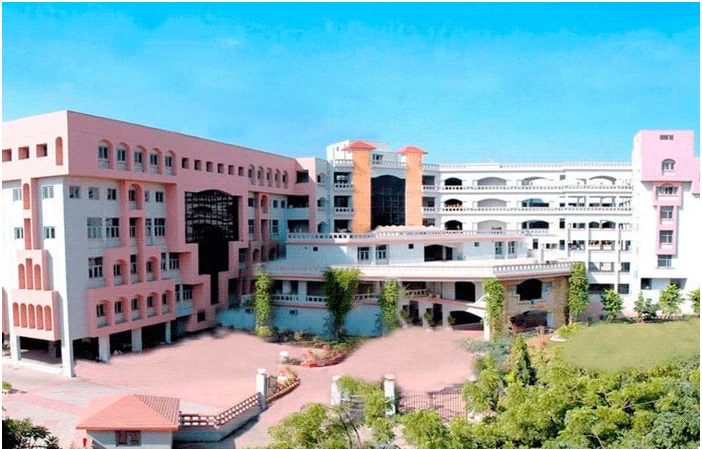
- Shantilal Shah Engineering College: Affiliated with Maharaja Krishnakumarsinhji Bhavnagar University, this college offers various engineering programs and is known for its quality education and infrastructure. shiksha.com
Educational Statistics
As per the 2011 Census, Bhavnagar city had a literacy rate of 84.70%, with male literacy at 90.15% and female literacy at 78.85%.
census2011.co.in The district’s literacy rate stood at 82.26%, with male literacy at 88.31% and female literacy at 75.60%.
Schools and Research Institutes
Bhavnagar is home to several schools and research institutions that contribute to its educational landscape:
- Amar Jyoti International School
- Fatima Convent School
- Shree Dakshinamurti Vinay Mandir
- Shree Gyanmanjari Vidyapith
- Shree Naimisharanya School
- The K. P. E. S. School
Additionally, the Central Salt and Marine Chemicals Research Institute (CSMCRI), located in Bhavnagar, is a premier research center focusing on salt and marine chemical studies.
Recent Developments
In recent years, Bhavnagar has seen the establishment of new educational institutions, including:
- Gyanmanjari Innovative University: A private university offering a range of undergraduate and postgraduate programs, recognized by AICTE, PCI, and UGC. university.careers360.com
- Swami Vivekanand College of Computer Science: Providing computer science courses with a focus on practical skills and industry readiness. collegedunia.com
These developments reflect Bhavnagar’s ongoing commitment to enhancing its educational infrastructure and providing diverse learning opportunities to its residents.
Tourist Attractions in Bhavnagar
Bhavnagar, a city in Gujarat, India, offers a rich tapestry of cultural, historical, and natural attractions. Here are some notable sites:
Takhteshwar Temple
Established in 1893 by Maharaja Takhtsinhji, this historic Hindu temple is dedicated to Lord Shiva. Situated atop a hill, it provides panoramic views of the city.
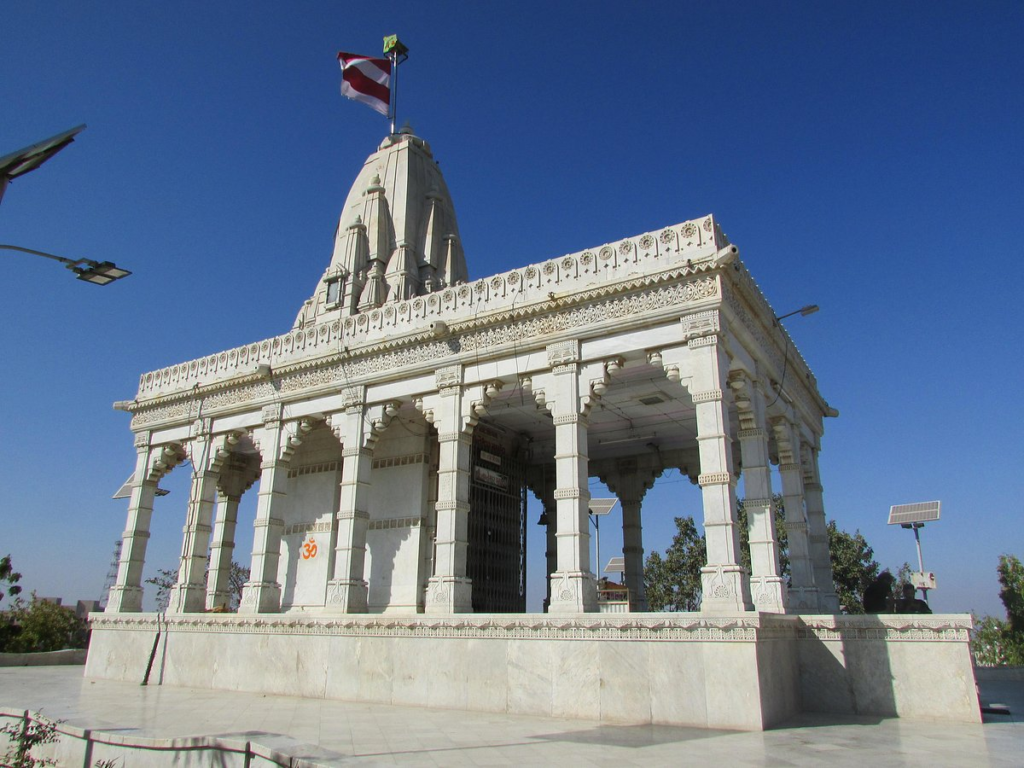
Nilambag Palace
Once the residence of the Bhavnagar royal family, Nilambag Palace is now a heritage hotel and restaurant. Designed by British architect William Emerson, it combines Indian architectural elements with modern design.
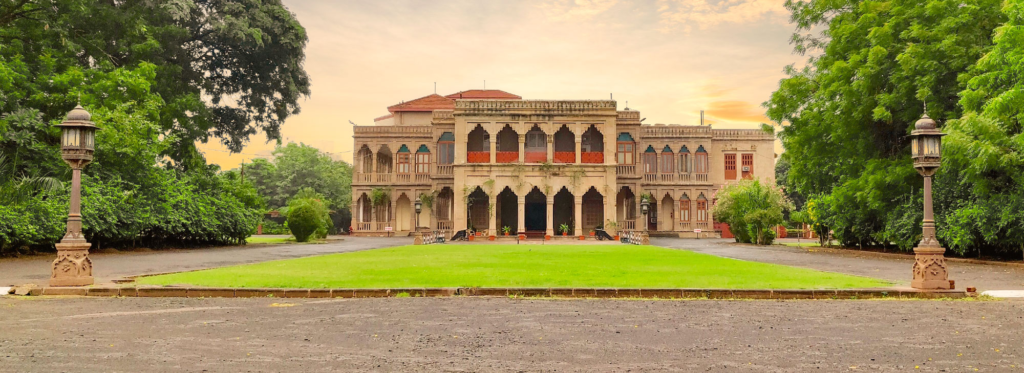
Gandhi Smriti
This memorial library honors Mahatma Gandhi and houses a fine collection of art objects representing the culture of the Saurashtra region.
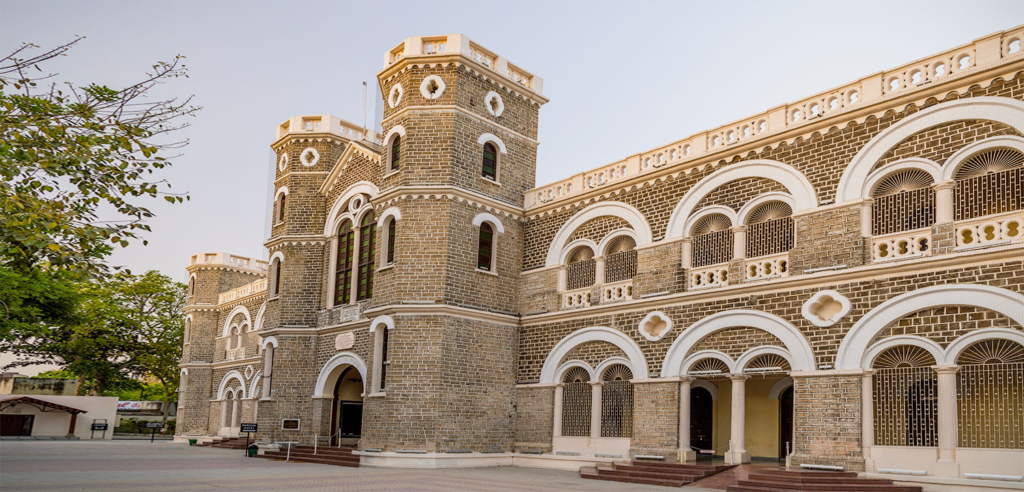
Gaurishankar Lake
A serene spot for relaxation and picnics, Gaurishankar Lake is a popular destination for both locals and tourists.
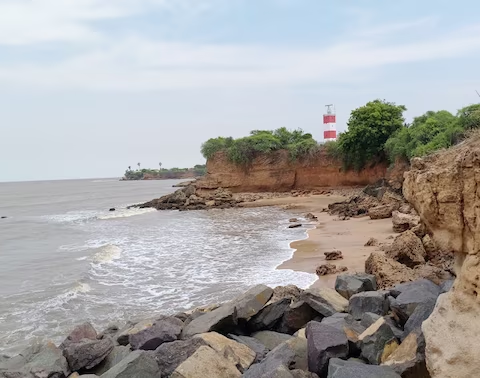
Victoria Park
A well-maintained park offering a peaceful environment for visitors, Victoria Park is ideal for leisurely walks and family outings.
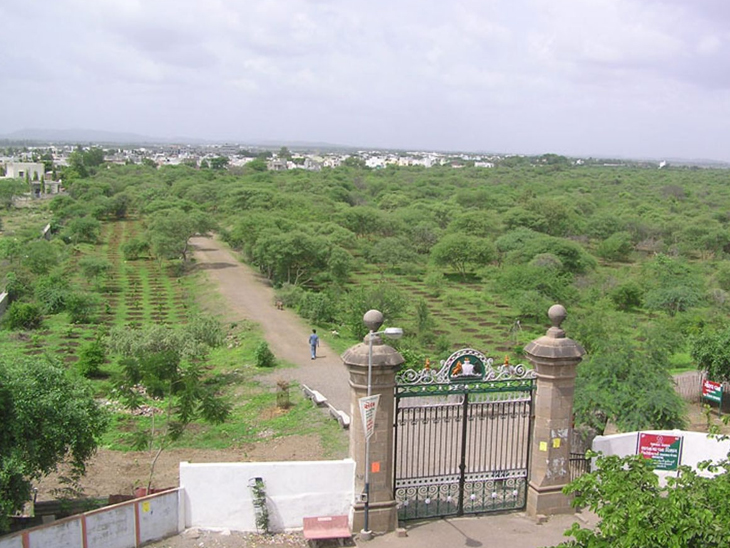
Blackbuck National Park
Located near Bhavnagar, this park is home to the endangered blackbuck antelope, along with other wildlife species. It’s a haven for nature enthusiasts and photographers.

Khodiyar Mandir
A revered temple dedicated to Goddess Khodiyar, attracting devotees and tourists alike.
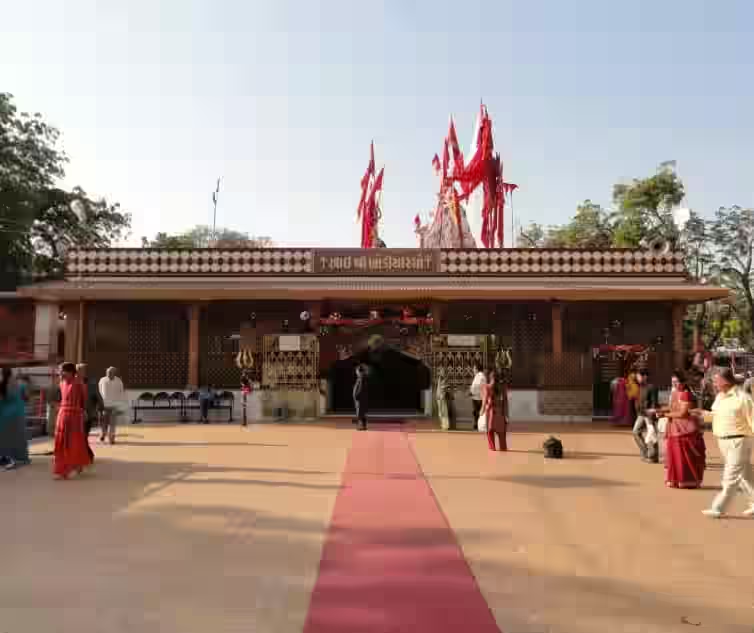
Nishkalank Mahadev Temple
A significant religious site, this temple is known for its historical importance and scenic surroundings.
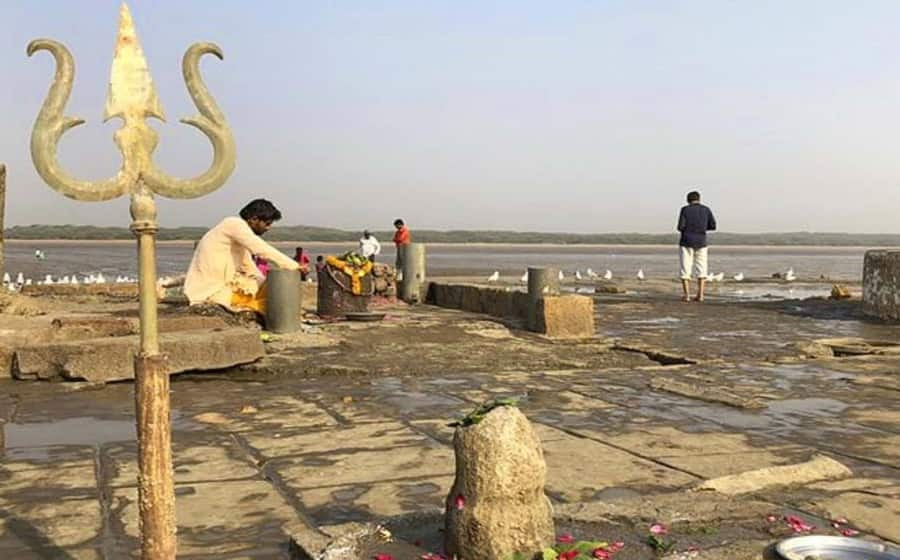
Piram Bet Island
An island offering a tranquil escape with its natural beauty and historical significance.
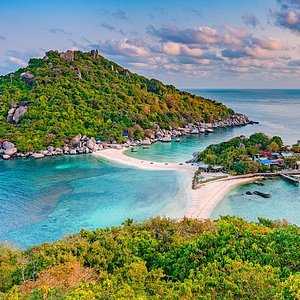
Alang Ship Breaking Yard
Located approximately 40 km from Bhavnagar, Alang is one of the world’s largest ship-breaking yards, offering a unique industrial tourism experience.
These attractions highlight Bhavnagar’s diverse offerings, making it a compelling destination for travelers interested in history, culture, and nature.
Bhavnagar is a significant hub for the diamond cutting and polishing industry in Gujarat and India. The city hosts approximately 6,000 units, employing over 300,000 skilled workers. These units are integral to the global diamond supply chain, with operations extending to major cities such as Surat, Mumbai, and Antwerp.
The district’s industrial landscape is diverse, encompassing various sectors:
- Manufacturing: The production of ISO and shipping containers, plastic ropes, yarn, and twine.
- Shipbuilding: The construction of ships and ship machinery.
- Agriculture: The cultivation of cotton, groundnuts, onions, and bajra.
- Food Processing: The dehydration of onions for export.
- Steel Recycling: Re-rolling mills that process steel recovered from the ship-breaking yard at Alang.
- Casting: The manufacture of investment castings using the lost wax process for both ferrous and non-ferrous metals.
These industries contribute significantly to the region’s economic growth and employment.
Agriculture
Bhavnagar’s agricultural sector is characterized by the cultivation of:
- Crops: Groundnuts, onions, cotton, and bajra.
- Fruits: Guavas, pomegranates, and mangoes.
- Livestock: The Sagwadi Farm is renowned for breeding Gyr cattle, a prized dairy breed.
These agricultural activities are vital to the local economy, providing employment and contributing to the region’s food security.
Demographics
As of the 2011 Census, Bhavnagar city had a population of 593,768, with a literacy rate of 86%, surpassing the national average of 59.5%. The male literacy rate stood at 91%, while female literacy was 80%. The population distribution was approximately 52% male and 48% female.
Recent estimates suggest that by 2025, the city’s population has grown to approximately 866,000, with the metropolitan area reaching around 884,000.
Transportation
Bhavnagar is well-connected through various modes of transportation:
- Road: The city is linked to other major cities in Gujarat, including Ahmedabad, Surat, and Vadodara, via state-operated bus services.
- Rail: Bhavnagar Terminus, under the Bhavnagar railway division, offers connections to cities such as Ahmedabad, Mumbai, Surat, Vadodara, Mangalore, Kochi, Trivandrum, New Delhi, Kolkata, Chennai, Bangalore, Kanpur, and Kakinada.
- Air: Bhavnagar Airport provides daily flights to Mumbai, operated by Alliance Air.
- Local Transport: Private auto rickshaws serve as common modes of transport within the city and nearby villages.
These transportation networks facilitate the movement of people and goods, supporting the city’s economic activities and connectivity.
Notable Personalities from Bhavnagar
Bhavnagar, a city in Gujarat, India, has been the birthplace and home to numerous distinguished individuals who have made significant contributions across various fields.
Educationists and Reformers
- Gijubhai Badheka: A prominent educationist and reformer, Gijubhai Badheka was instrumental in shaping modern education in Gujarat.
- Nanabhai Bhatt: Founder of Lok Bharti, Nanabhai Bhatt was an educationist, creative writer, and thinker who played a pivotal role in the educational landscape of Gujarat.
- Mulshankar Bhatt: An educationist known for his contributions to the field of education in Gujarat.
- Thakkar Bapa: A social worker dedicated to the upliftment of the underprivileged, Thakkar Bapa’s efforts have left a lasting impact on society.
Political Figures
- Krishna Kumarsinhji Bhavsinhji: The last ruler of Bhavnagar, Krishna Kumarsinhji Bhavsinhji played a significant role in the state’s administration and its integration into the Indian Union.
- Balwantrai Mehta: Serving as the second Chief Minister of Gujarat, Balwantrai Mehta was a prominent political figure who contributed to the state’s development.
- Jitu Vaghani: A contemporary politician, Jitu Vaghani has served as the Education Minister in the Government of Gujarat.
Artists and Performers
- Parthiv Gohil: A renowned singer in both Bollywood and Gujarati cinema, Parthiv Gohil is celebrated for his soulful renditions.
- Apara Mehta: A television actress, Apara Mehta is known for her roles in popular Indian TV serials.
- Ravishankar Raval: A painter, art teacher, art critic, journalist, and essayist, Ravishankar Raval made significant contributions to the art world.
- Somalal Shah: A painter from Bhavnagar, Somalal Shah is known for his artistic works that reflect the cultural heritage of the region.
Literary Figures
- Gangasati: A medieval Gujarati saint poet, Gangasati composed numerous devotional songs and is revered for her spiritual contributions.
- Ashok Chavda: Also known by his pen name Bedil, Ashok Chavda is a Gujarati poet, writer, and critic who has enriched Gujarati literature.
- Prahlad Parekh: A poet from Bhavnagar, Prahlad Parekh is known for his literary works that have contributed to Gujarati literature.
Sports Personalities
- Sheldon Jackson: A cricketer for the Saurashtra cricket team, Sheldon Jackson has been a notable figure in Indian domestic cricket.
- Chirag Jani: Another cricketer from Bhavnagar, Chirag Jani has represented the Saurashtra cricket team in various formats.
Cultural Icons
- Kavi Kant: A royal poet of the Bhavnagar state, Kavi Kant’s poetry reflects the rich cultural heritage of the region.
- Daksha Pattani: A Gujarati academic and author, Daksha Pattani has contributed to the field of education and literature.
- Asoka Mehta: An Indian freedom fighter and socialist politician, Asoka Mehta was born in Bhavnagar and played a significant role in India’s independence movement.
- Asha Parekh: A Bollywood film actress, Asha Parekh is known for her roles in classic Hindi cinema.
- Himesh Reshammiya: A contemporary actor and singer, Himesh Reshammiya has made significant contributions to the Indian music and film industry.
These individuals have significantly contributed to their respective fields, bringing recognition to Bhavnagar and leaving a lasting impact on Indian society and culture.

